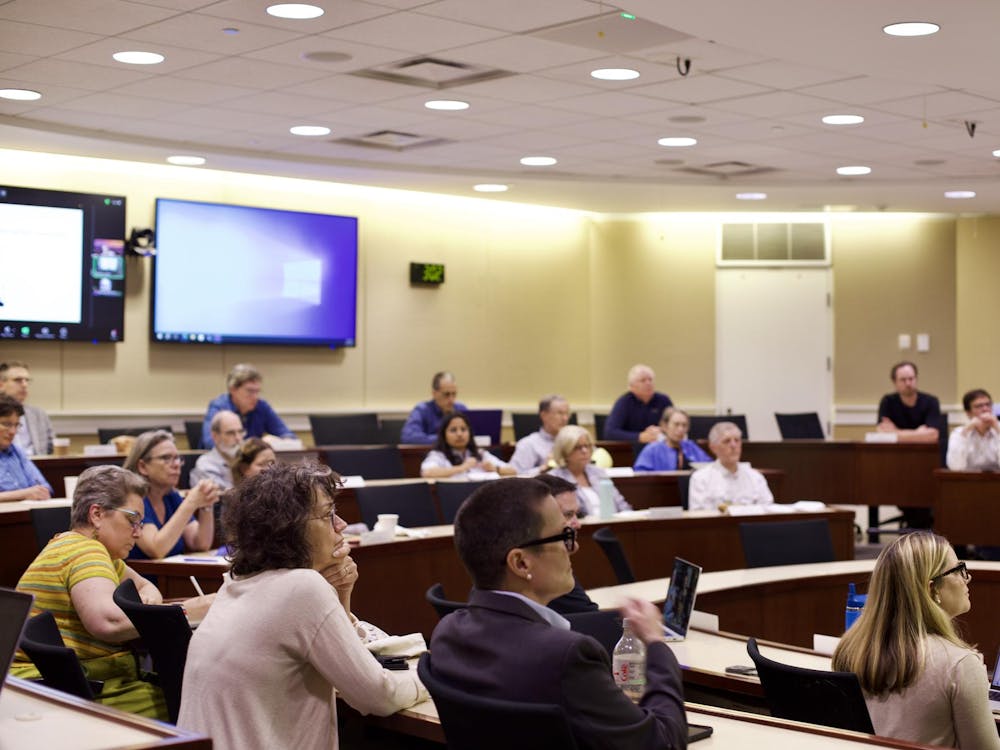This University offered admission to 1,038 students out of a record pool of 4,243 early decision applicants. Acceptances were released Tuesday evening and included 341 out-of-state offers and 697 in-state offers.
The pool of 4,243 completed early decision applications represents a record high, with last year’s cycle receiving 3,466 applications for an overall acceptance rate of 32.3 percent.
Early decision applications were due Nov. 1 and involve a binding admission plan. Accepted students are expected to submit their initial enrollment deposit by Jan 1. Early action applicants will hear back from the University by Feb. 15 and have until May 1 to finalize their decisions.
Dean of Admissions Greg Roberts said the admissions office was impressed by the effort put into applications and is excited to extend the first offers to the Class of 2027.
“Individually and collectively they are impressive and talented, in and outside of the classroom, and they come from all over the globe,” Roberts said.
This was the fourth year the University has offered early decision since eliminating the option in 2006 due to equity concerns — lower income students are typically less likely to apply under the binding contract since they waive the ability to compare financial aid offers. To combat this disadvantage, the University allows students accepted in this cycle to rescind their commitment if financial aid proves insufficient.
Among admitted students, the majority will enter the College of Arts and Sciences, which saw 832 acceptances. 141 applicants were accepted into the School of Engineering, while 25 were accepted into the School of Nursing and 23 were accepted into the School of Architecture.
The Office of Admissions sought to maintain diversity at the University despite the fact that the early decision pool usually includes a more narrow selection of students. 132 accepted students identified as first-generation college students, matching the number of 132 first-generation students accepted in last year’s early decision cycle.
59 accepted students identify as Black, compared to 74 Black students accepted through early decision last year. Additionally, 61 students identify as Hispanic and two as American Indian, compared to 96 and eight last year, respectively.
61 admitted students hail from foreign countries. 56 percent identify as female, equivalent to last year’s early decision cycle.
This year, applicants were not required to submit test scores. This policy was first implemented during the 2020 admissions cycle and has corresponded with increases in application numbers. The University originally planned to remain test optional until 2023, so it remains to be seen whether the policy will continue after this admissions cycle.
While not every applicant could be admitted, Roberts said he wishes the best for rejected or deferred students.
“Of course, we are also thinking of those who will receive disappointing news,” Roberts said. “Students put incredible time, effort, and heart into their applications and we are grateful for their strong interest in U.Va.”
CORRECTION: A previous version of this article misstated that 58 Hispanic students were admitted early decision — the correct number is 61. This version also corrects a previous error which misstated the number of American Indian students admitted in last year's cycle. Eight were admitted in to the Class of 2026, not 14.







